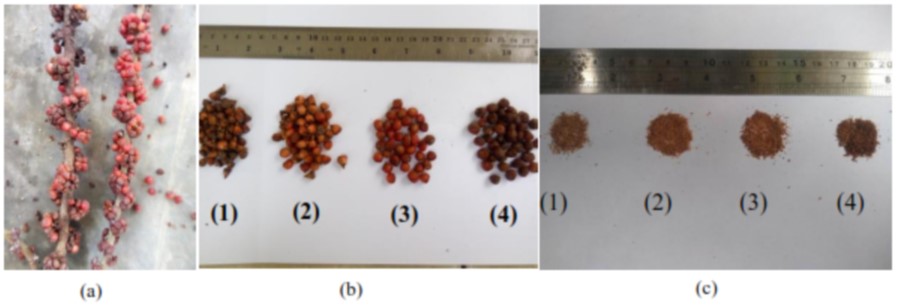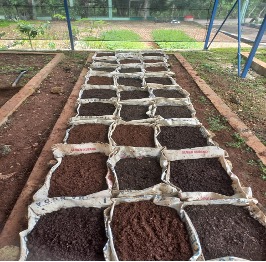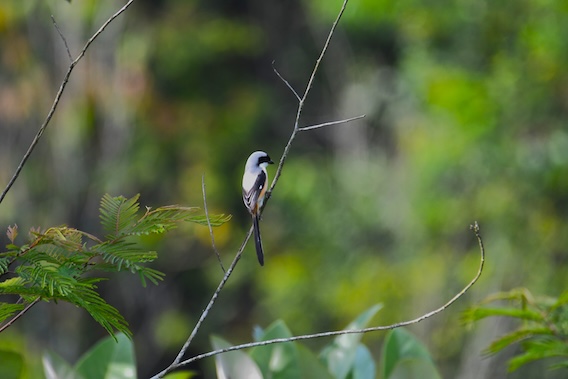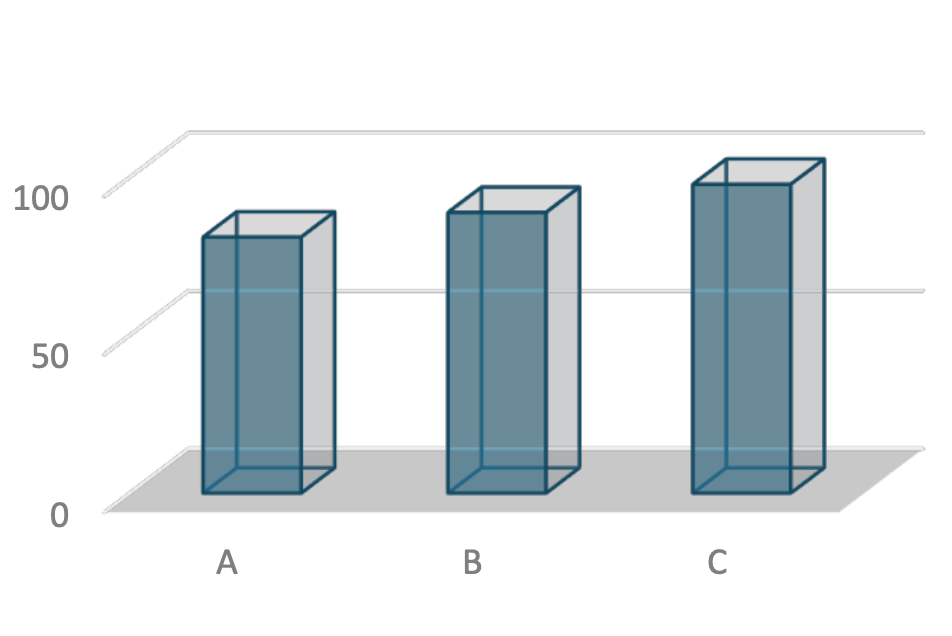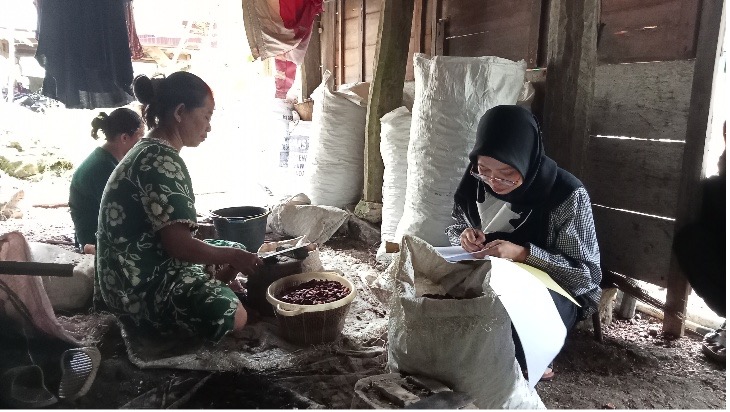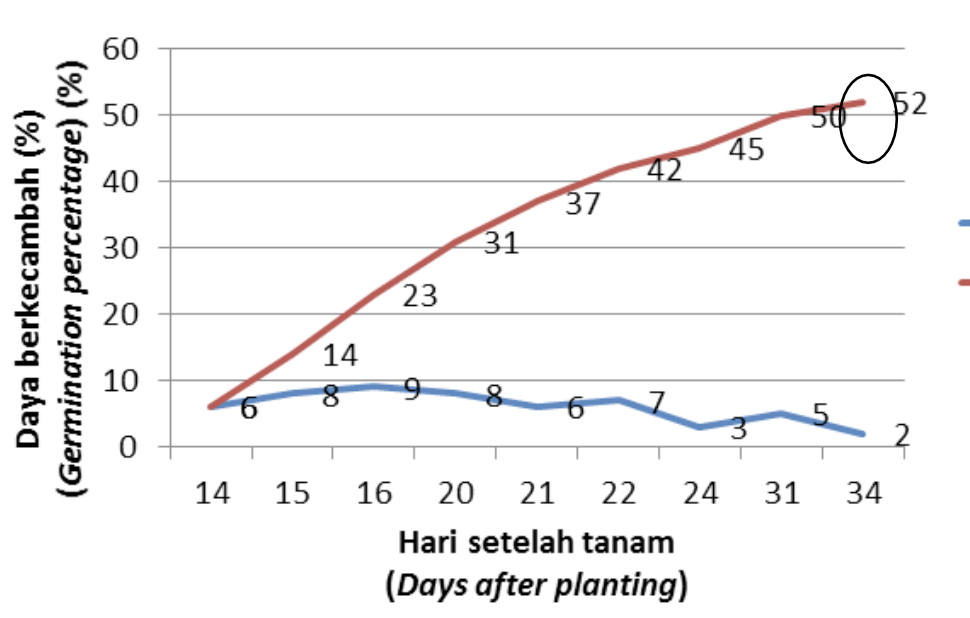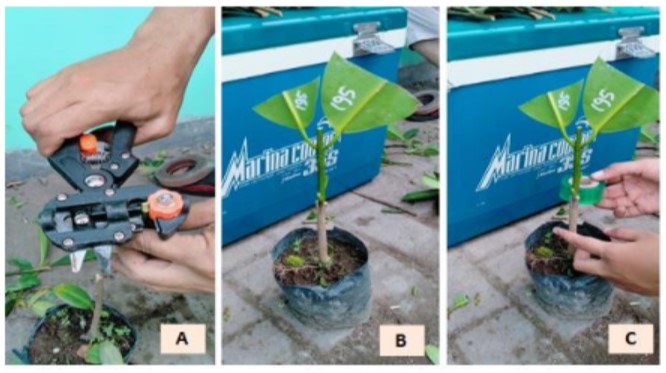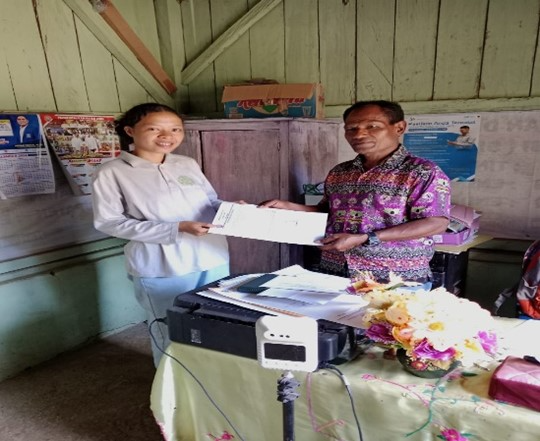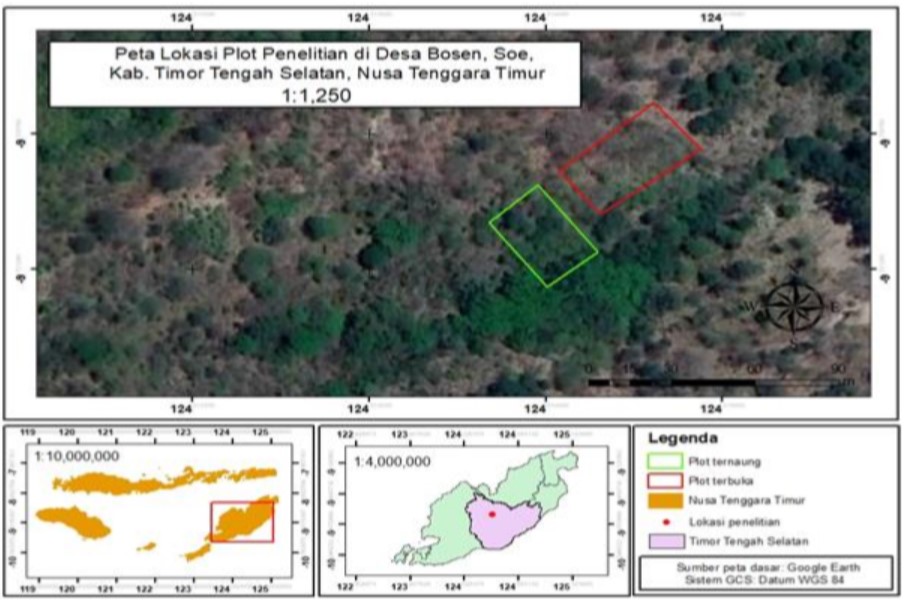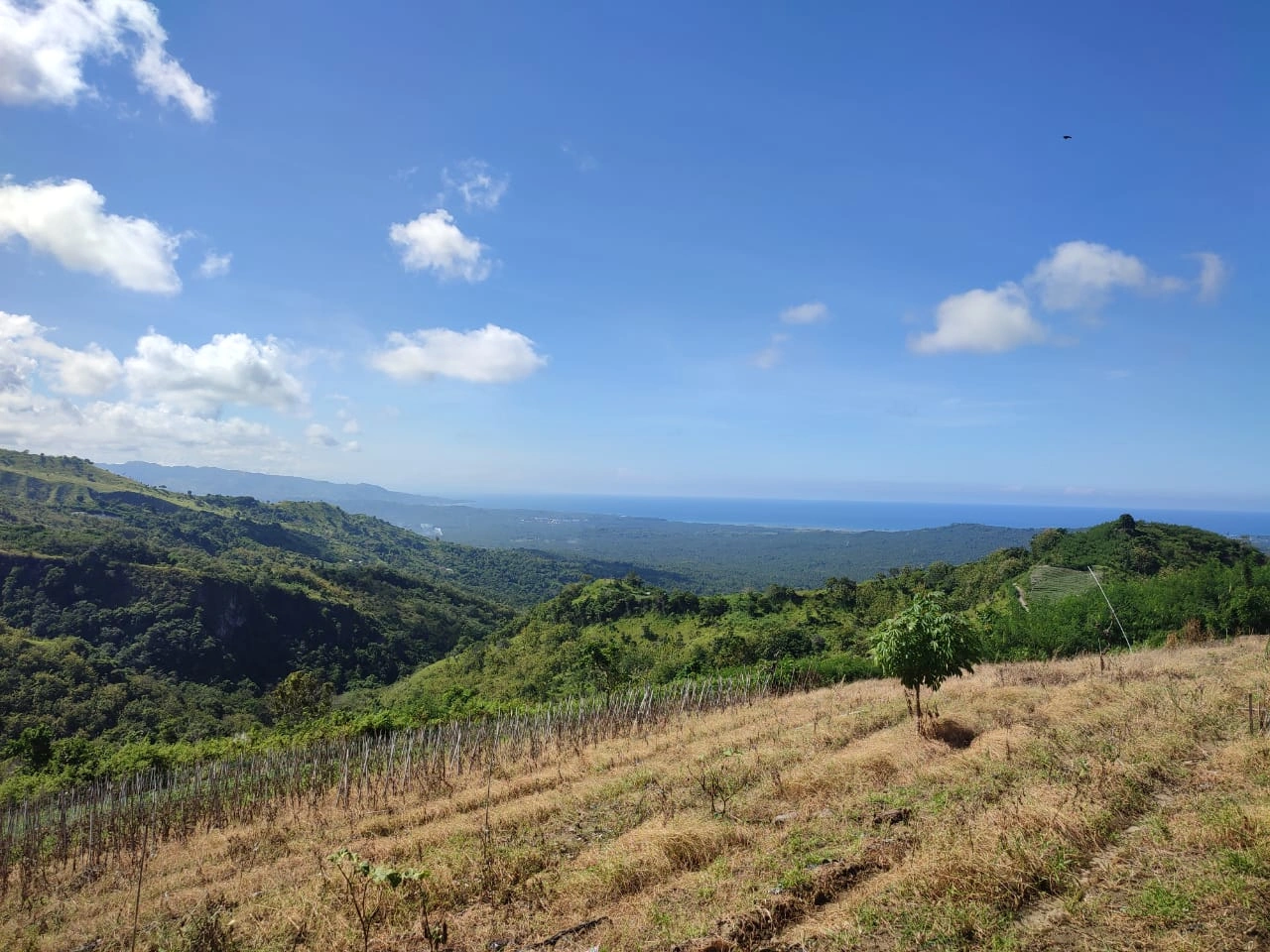Effect of Fruit Maturity and Extraction Treatment on Germination Percentage of Langusei (Ficus minahassae (Teysm.et.Vr.) Miq))
Abstract
Langusei (Ficus minahassae (Teysm.et.Vr.) Miq) is one of the endemic flora of Sulawesi which existence is increasingly threatened. Attempts to maintain the existence of Ficus minahassae species by understanding the cultivation techniques of the langusei species, especially regarding the appropriate germination techniques, need to be addressed. This study aims to determine the level of fruit maturity and the appropriate extraction treatment for the germination of langusei seeds. The experimental design used in this study was a complete randomization design which is arranged in a factorial pattern. The first factor is the classification of the level of seed maturity based on fruit color categories: 1) Orange-brown fruit, 2) Orange-reddish fruit, 3) Red fruit, and 4) Red-black fruit, while the second factor is the fruit extraction treatment which consists of: 1) Extraction with dry wind treatment for 24 hours, 2) Extraction with drying treatment for 12 hours, and 3) Extraction with water treatment for 24 hours. The results showed that the fruit maturity level and the appropriate extraction treatment to produce optimal langusei seed germination were in the orange-brown and orange-reddish fruit (mature fruits prior to ripening) which was soaked in water for 24 hours.
Copyright (c) 2020 Jurnal Wasian

This work is licensed under a Creative Commons Attribution-NonCommercial 4.0 International License.
Copyright and License
All articles published in Wasian Journal are the property of the authors. By submitting an article to Wasian Journal, authors agree to the following terms:
-
Copyright Ownership: The author(s) retain copyright and full publishing rights without restrictions. Authors grant the journal the right to publish the work first and to distribute it as open access under a Creative Commons Attribution 4.0 International License (CC BY 4.0).
-
Licensing: Articles published in Wasian Journal are licensed under a Creative Commons Attribution 4.0 International License (CC BY 4.0). This license allows others to share, copy, and redistribute the material in any medium or format, and adapt, remix, transform, and build upon the material for any purpose, even commercially, provided that proper credit is given to the original author(s) and the source of the material

This work is licensed under a Creative Commons Attribution 4.0 International License. -
Author's Rights: Authors are permitted and encouraged to post their work online (e.g., in institutional repositories or on their website) prior to and during the submission process, as it can lead to productive exchanges and greater citation of published work.
-
Third-Party Content: If your article contains material (e.g., images, tables, or figures) for which you do not hold copyright, you must obtain permission from the copyright holder to use the material in your article. This permission must include the right for you to grant the journal the rights described above.
-
Reprints and Distribution: Authors have the right to distribute the final published version of their work (e.g., post it to an institutional repository or publish it in a book), provided that the original publication in Wasian Journal is acknowledged.
For the reader you are free to:
- Share — copy and redistribute the material in any medium or format for any purpose, even commercially.
- Adapt — remix, transform, and build upon the material for any purpose, even commercially.
- The licensor cannot revoke these freedoms as long as you follow the license terms.
Under the following terms:
- Attribution — You must give appropriate credit , provide a link to the license, and indicate if changes were made . You may do so in any reasonable manner, but not in any way that suggests the licensor endorses you or your use.
- No additional restrictions — You may not apply legal terms or technological measures that legally restrict others from doing anything the license permits.
Notices:
You do not have to comply with the license for elements of the material in the public domain or where your use is permitted by an applicable exception or limitation .
No warranties are given. The license may not give you all of the permissions necessary for your intended use. For example, other rights such as publicity, privacy, or moral rightsmay limit how you use the material.
Most read articles by the same author(s)
- Margaretta Christita, Iwanuddin Iwanuddin, Yermias Kafiar, Supratman Tabba, Identification of Water Bacteria from Nickel Post Mining in East Halmahera , Jurnal Wasian: Vol. 5 No. 1 (2018): June
- Arif Irawan, Illa Anggraeni Anggraeni, Margaretta Christita, Identification Causes Leaf Spot Disease in Cempaka (Magnolia elegans (Blume.) H.Keng) Seedling and Its Control Techniques , Jurnal Wasian: Vol. 2 No. 2 (2015): December
- Dyah Arum Kusumaningsih, Kanti Suraningsih, Dwi Sri Nuryanti, Arif Irawan, Marciano Borges Ximenes, Indah Susilowati, Study of Economic Value of Water for Domestic and Agricultural Uses in Grojogan Sewu Nature Tourism Parkwater Conservation , Jurnal Wasian: Vol. 9 No. 1 (2022): June
- Arif Irawan, Hanif Nurul Hidayah, Suitability of Cocopeat as a Transplanting Media in the Polytube of Magnolia elegans (Blume.) H. Keng Seedlings , Jurnal Wasian: Vol. 1 No. 2 (2014): December
- Arif Irawan, Iwanuddin Iwanuddin, Effectivity of Using Growth Retardants on Shorea assamica Dyer Seedling at Nursery , Jurnal Wasian: Vol. 2 No. 1 (2015): March
- Arif Irawan, Hanif Nurul Hidayah, Growth Comparison of Red Jabon in North Bolaang Mongondow and North Minahasa , Jurnal Wasian: Vol. 3 No. 1 (2016): June

